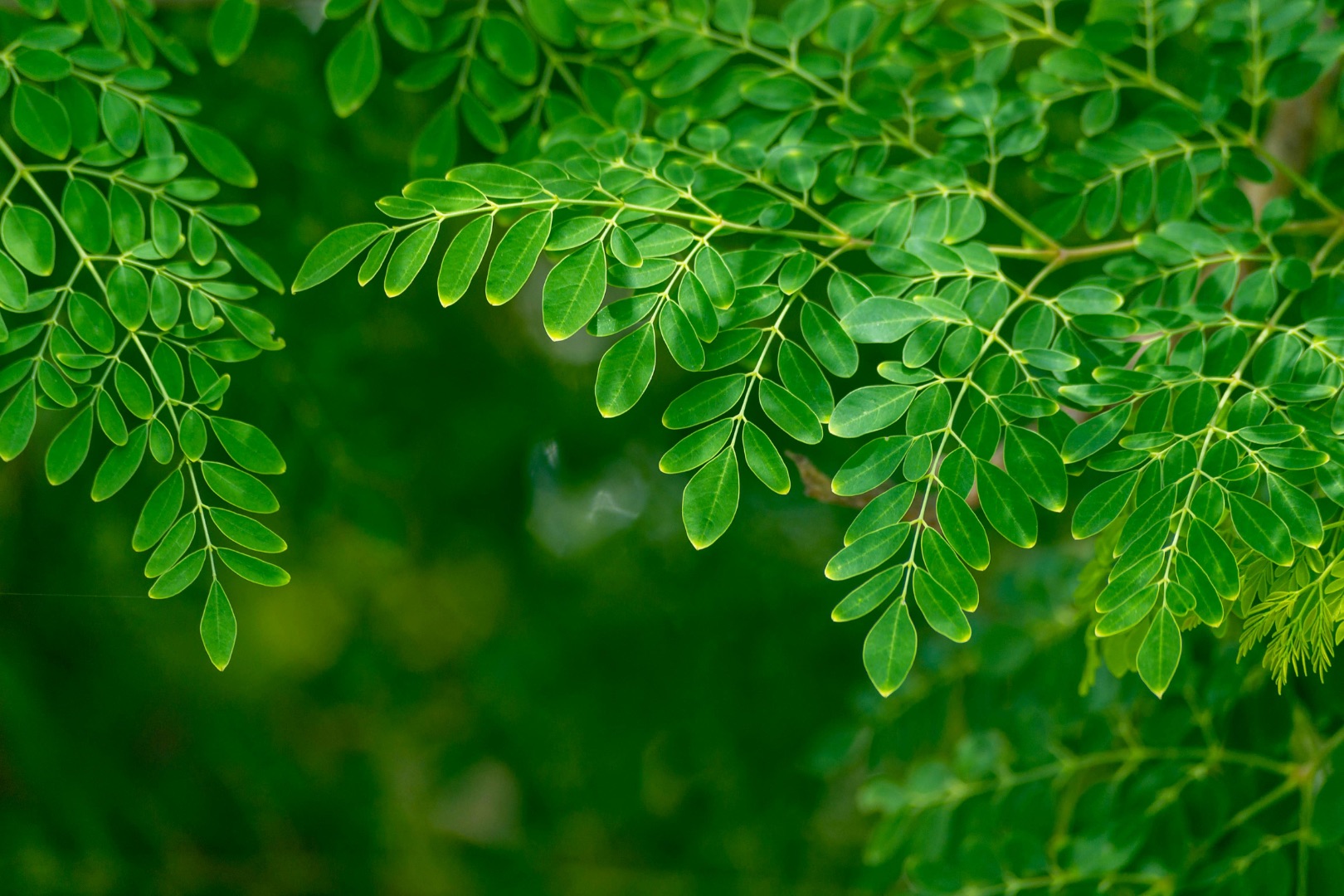If you’ve never cooked with moringa, you’re not alone. While it’s a daily staple in parts of Asia, Africa, and the Caribbean, most Texans have only seen it — if at all — during a farm tour or at a specialty market. Fresh moringa leaves are tender, nutrient-rich, and full of culinary potential, yet they remain a hidden ingredient in our local food scene. As more Texas farmers plant moringa and share it at markets and in
, home cooks are discovering just how versatile this leafy green can be.Where Moringa Grows in Texas
Moringa isn’t “wild” in Texas — it only grows where it’s been planted and cared for. It thrives in frost-free areas and does best in Central and East Texas, though some growers push the limits in warmer pockets of North and South Texas. Most trees are found on small farms or in backyard gardens, planted intentionally for culinary, nutritional, or educational purposes.
Also Read: Where Moringa Grows — and How Texas Fits into the Global Landscape →
Who’s Cooking with Moringa Right Now
In Texas, you’ll most often find moringa leaves in the kitchens of:
- Immigrant families from regions where moringa is a cultural staple — dishes like Filipino tinola, Indian dals, or African leafy stews often feature it.
- Farmers who grow it and experiment with new recipes or adapt traditional ones to local tastes.
- Chefs and adventurous home cooks who are drawn to nutrient-dense greens and global flavors.
- Wellness-focused eaters exploring superfoods beyond the typical kale or spinach.
For many Texans, the first taste of moringa comes from a farm tour, cooking class, or market sample.
Where to Buy Fresh Moringa in Texas
Fresh moringa leaves are still a specialty item. You might find them:
- At farmers markets in areas where local farms grow moringa (often late spring through early fall).
- Through farm shares or CSA boxes if your grower includes specialty greens.
- At specialty grocery stores serving African, Caribbean, Indian, or Filipino communities.
- Direct from farms offering pick-your-own or pre-harvested bundles.
💡 Tip: Ask your local market manager if they know any moringa growers — smaller farms may bring it seasonally without advertising.
If you’re interested in growing your own moringa for recipes like the ones here, check out our Guide to Moringa.
A Quick Flavor Profile
Fresh moringa leaves have a mild, spinach-like flavor with a hint of peppery sharpness. Young leaves are tender and slightly sweet, while mature leaves are more robust — ideal for cooking down into hearty dishes.
Preparing Fresh Moringa Leaves
Before cooking, remove the leaves from the stems, as the stems can be fibrous. Give them a good rinse to remove dust or any field residue.
💡 Pro Tip: If the leaves seem slightly tough, blanch them for 1–2 minutes before adding to a recipe.
Ways to Cook with Moringa
Here are some of the most popular (and tasty) ways to use fresh moringa leaves:
1. Sautéed with Garlic and Oil
A quick stir in hot oil with garlic and a sprinkle of salt transforms moringa into a side dish you’ll want to serve alongside rice, grilled meats, or flatbreads.
2. In Soups and Stews
Add fresh leaves toward the end of cooking to preserve their color and nutrients. They pair beautifully with lentils, chicken, or vegetable-based broths.
3. In Egg Dishes
Think omelets, scrambled eggs, or frittatas — moringa adds both texture and nutrition.
4. Blended into Smoothies
For a raw, nutrient-packed boost, toss young leaves into a blender with mango, pineapple, or banana.
5. As a Pesto
Swap basil for fresh moringa leaves, blend with nuts, garlic, oil, and a touch of citrus for a peppery twist on a classic.
Nutritional Benefits at a Glance
Moringa leaves are rich in vitamins A, C, and K, plus calcium, potassium, and iron. They’re also a good source of plant-based protein, making them a strong addition to vegetarian and vegan diets.
A Simple Texas-Inspired Recipe: Moringa & Black-Eyed Pea Stew
Ingredients:
- 2 cups fresh moringa leaves, cleaned and stemmed
- 1 cup cooked black-eyed peas
- 1 medium onion, diced
- 2 cloves garlic, minced
- 1 tomato, chopped
- 2 tbsp vegetable oil
- Salt and pepper to taste
Instructions:
- Heat oil in a pot and sauté onion until translucent.
- Add garlic and tomato, cooking until the tomato softens.
- Stir in black-eyed peas and simmer for 5 minutes.
- Add moringa leaves and cook for 3–4 minutes, until tender.
- Season with salt and pepper. Serve hot with cornbread or rice.
Why Try Cooking with Fresh Moringa?
Cooking with moringa connects you to a plant with deep cultural roots and modern culinary potential. It’s local, seasonal, and surprisingly versatile — a farm-to-table ingredient that’s as nutritious as it is tasty.
Also Read:
- Growing Moringa in Texas: Challenges and Tips for Small Farmers
- From Leaf to Oil: What Farmers and Makers Do with Moringa
- Moringa Tea: Health Benefits, Brewing Tips, and Flavor Pairings
Call-to-Action: Discover farm experiences where you can see moringa growing, taste it fresh, and learn from the people who cultivate it — explore our
today.





